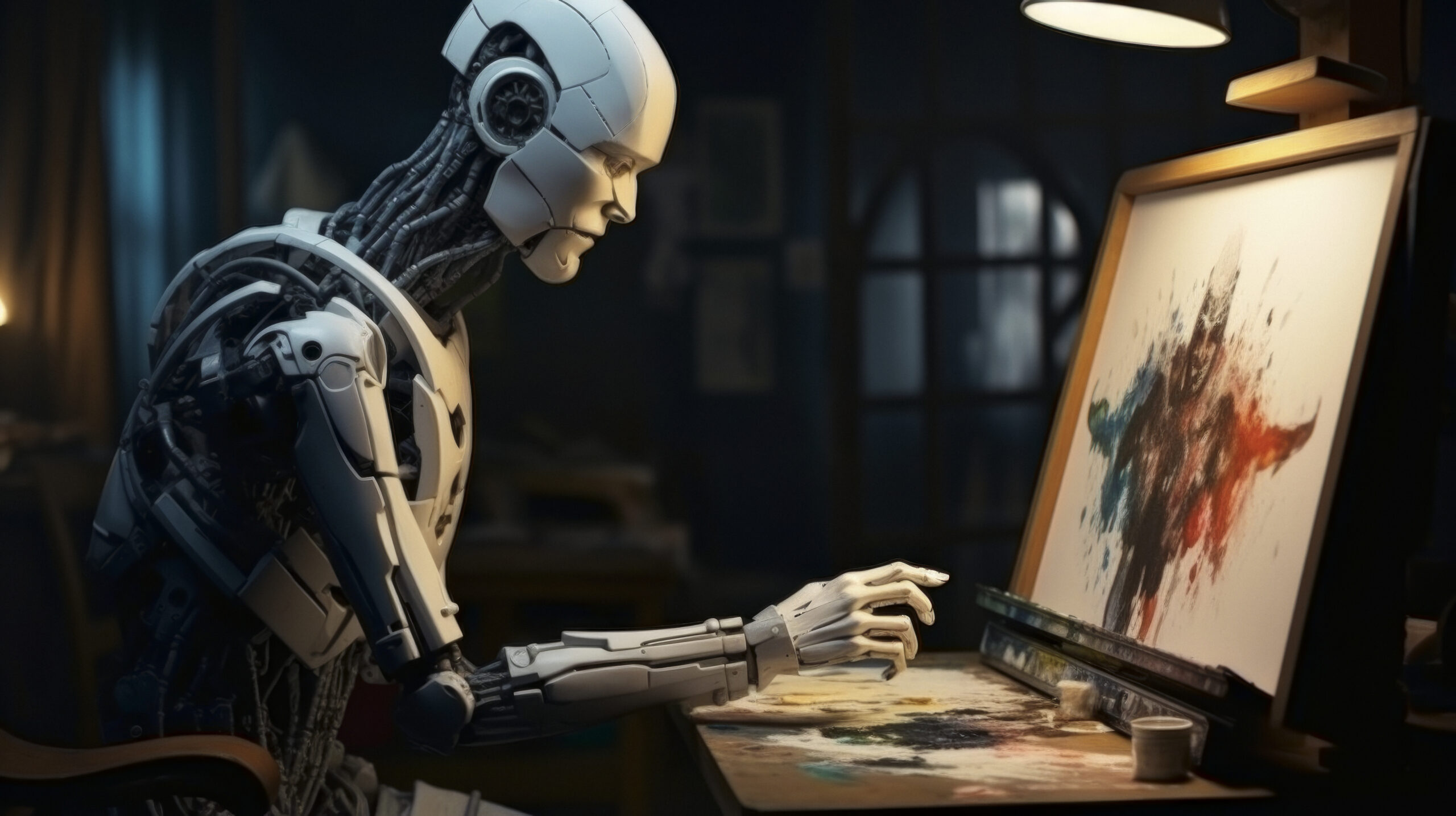
How AI Has Transformed Graphic Design
Artificial intelligence (AI) has become a game-changer in numerous industries, and graphic design is no exception. By introducing innovative tools and streamlining workflows, AI is revolutionizing the way designers create, collaborate, and deliver visual content. Here’s a closer look at how AI has transformed the graphic design landscape.
- Automation of Repetitive Tasks
AI-powered tools can automate time-consuming tasks, freeing up designers to focus on creativity and strategy.
Examples:
- Background Removal: Tools like Adobe Photoshop’s AI features can remove backgrounds in seconds.
- Image Resizing: Platforms such as Canva offer automatic resizing for various platforms, ensuring consistency across formats.
- Color Correction: AI algorithms quickly adjust lighting and colors for optimal visual appeal.
Impact:
This automation significantly reduces the time spent on repetitive tasks, allowing designers to meet tight deadlines without compromising quality.
- Personalized Design Suggestions
AI analyzes user preferences and trends to offer tailored design recommendations.
How It Works:
- Platforms like Adobe Sensei and Figma suggest layouts, fonts, and color palettes based on your project’s theme.
- Machine learning algorithms adapt to user behaviors, offering increasingly accurate suggestions over time.
Benefits:
Designers can experiment with options they may not have considered, leading to more innovative and personalized results.
- Enhancing Creativity
Contrary to fears that AI might replace designers, it is serving as a tool to enhance creativity.
Examples of Creative Assistance:
- Idea Generation: AI-driven platforms like DALL·E and MidJourney generate unique visuals based on text prompts.
- Mood Boards: Tools like Canva and Pinterest AI can create mood boards instantly, helping designers conceptualize ideas.
- Typography Pairing: AI suggests font pairings that work harmoniously within a design.
Impact:
AI provides a fresh perspective, enabling designers to push boundaries and explore new styles.
- Democratization of Design
AI has made graphic design more accessible to non-designers, empowering businesses and individuals to create professional-quality visuals.
Key Tools:
- Canva: An intuitive platform for creating designs with AI-driven templates.
- Crello (now VistaCreate): AI simplifies everything from video edits to social media graphics.
- Designhill: AI tools generate logos and branding materials in minutes.
Result:
Even without formal training, users can produce compelling designs, leveling the playing field for small businesses and startups.
- Advanced Image Recognition and Editing
AI-driven tools offer sophisticated image recognition and editing capabilities, previously achievable only by highly skilled professionals.
Examples:
- Object Detection: Tools like Runway ML can detect and manipulate individual elements in an image.
- Deepfake and Augmented Reality: AI integrates 3D elements and dynamic effects into designs for a futuristic appeal.
- Photo Restoration: AI can restore old or damaged photos with remarkable accuracy.
Benefit:
These advancements expand the possibilities for complex and detailed design projects.
- Real-Time Collaboration
AI enhances collaboration by integrating seamlessly with cloud-based design tools, ensuring teams can work together effectively, no matter their location.
How It Helps:
- AI-powered tools like Figma and Miro offer real-time updates and feedback.
- Machine learning tracks changes and suggests improvements to ensure alignment with project goals.
Impact:
Collaboration is more efficient, reducing bottlenecks and enabling quicker project delivery.
- Data-Driven Design
AI uses analytics to optimize designs based on audience preferences and behavior.
Applications:
- Ad Optimization: AI tools analyze engagement metrics and suggest modifications to improve click-through rates.
- A/B Testing: AI facilitates faster testing of different design elements to determine what resonates most with audiences.
Outcome:
Designers can create visuals backed by data, increasing their effectiveness in achieving desired goals.
AI is not replacing graphic designers—it’s revolutionizing the way they work. By automating tedious tasks, offering creative suggestions, and enabling data-driven decisions, AI is enhancing productivity, creativity, and accessibility in graphic design.
For designers, embracing AI means staying ahead of trends and harnessing the power of innovation to deliver exceptional results. The future of graphic design is here, and it’s powered by AI!



